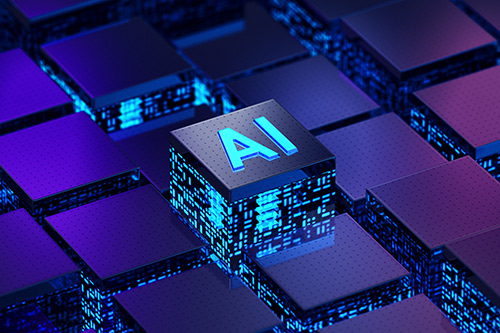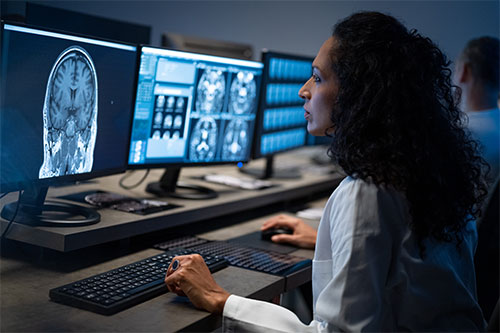Technical Computing Articles
How AMD and Supermicro are working together to help you deliver AI
- June 27, 2023
- Author: Peter Krass
AMD and Supermicro are jointly offering high-performance AI alternatives with superior price and performance.
Genoa-X: a deeper dive into AMD’s new EPYC processors optimized for technical computing
- June 19, 2023
- Author: Peter Krass
AMD has introduced its EPYC 9X84X series processors, formerly codenamed Genoa-X. The new CPUs are designed specifically for technical workloads, and they support up to 1.1GB of L3 Cache.
How ILM creates visual effects faster & cheaper with AMD-powered Supermicro hardware
- May 22, 2023
- Author: KJ Jacoby
ILM, the visual-effects company founded by George Lucas, is using AMD-powered Supermicro servers and workstations to create the next generation of special effects for movies and TV.
A hospital’s diagnosis: Professional AI workloads require professional hardware
- May 18, 2023
- Author: Peter Krass
A Taiwanese hospital’s initial use of AI to interpret medical images with consumer graphics cards fell short. The prescription? Supermicro workstations powered by AMD components.
Do you know why 64 cores really matters?
- April 19, 2023
- Author: Peter Krass
In a recent test, Supermicro workstations and servers powered by 3rd gen AMD Ryzen Threadripper PRO processors ran engineering simulations nearly as fast as a dual-processor system, but needed only two-thirds as much power.
Research roundup: PICaaS rising, IT spending stays strong, new data-center components emerge
- April 13, 2023
- Author: Peter Krass
Do you know how the latest IT market research could help you and your business?
Research Roundup: Cloud Infrastructure, 9 Trends for Tech Providers, Euro IT Spending, RPA
- February 28, 2023
- Author: Peter Krass
Check out the latest analysis and forecasts from top IT market researchers.
Learn, Earn and Win with AMD Arena
- February 23, 2023
- Author: Peter Krass
Channel partners can learn about AMD products and technologies at the AMD Arena site. It’s your site for AMD partner training courses, redeemable points and much more.
Part 4: The Web3 and Blockchain FAQ
- December 26, 2022
- Author: Scot Finnie
This is the last in a four-part series on blockchain’s many facets, including being the primary pillar of the emerging Web3.
Where Are Blockchain and Web3 Taking Us? — Part 3: Web3 Emerging
- December 23, 2022
- Author: Scot Finnie
This is the third in a four-part series on blockchain’s many facets, including being the primary pillar of the emerging Web3.
- ‹ previous
- 2 of 6
- next ›












